To complete urgent tasks on your computer, you try to log in to your Windows user profile.
But suddenly you get the error “User Profile Service failed the sign-in. User profiles cannot be loaded” on the screen.
If you want to fix the error quickly, keep reading as I’ll guide you through the solutions now.
Let’s begin.
What is a Windows User Profile?
A user profile or a user account on a Windows is a collection of data from a specific user account in Windows OS. The collection of data includes user settings, preferences, app configurations, customizations, personal files (like documents and pictures), etc.
Windows operating system supports multiple users accounts on the same PC. So, when you log into your user account, the system loads the user profile associated with your account. It gives you access to your files and desktop environment.
Why does the Windows User Profile Service Failed the Sign-in Error Occur?
Windows users have reported that they see the: User Profile Service failed the sign-in. User profiles cannot be loaded error on your Windows when trying to log in to their user profile during startup, and the user fails to log in to the PC.
Earlier I explained what User Profiles in Windows are. They contain all the user profile settings and personal files. The User Profile Service (UPS) is the Windows service responsible for loading the required user profile and logging the user into the user account.
Therefore, as the User Profile Service fails to login the user into their account, the user is locked out of their profile.
Before moving on to troubleshooting the error, let’s get to know the reasons behind it.
Here are the reasons behind the User Profile Cannot Be Loaded error:
- Improper Windows update
- Damaged user profile file NTUSER.dat
- Anti-virus blocking the user profile folder
- Corrupt Windows registry
- Partition resizing error
- Conflicting user profile service (UPS) configuration
- Incorrect shutdown and restart
- Incorrect NTFS permissions
Now that we know the nature of the issue and the reasons behind it, let’s get on with the solutions.
How to Fix User Profile Cannot be Loaded Error in Windows
To fix the User Profile cannot be loaded in Windows 11, use the following methods:
- Modify Windows registry in Safe Mode
- Create a new user account
- Move NTUSER.dat file
- Use System Restore
- Restart User Profile Service
- Repair user profile Using DISM and SFC
- Switch to normal startup
Let’s see in detail how these solutions help to resolve the error on your computer.
Here are the methods to fix the user profile cannot be loaded error on Windows PC:
1. Modify Windows Registry in Safe Mode
When Windows boots into Safe Mode, it only runs the basic and essential services to operate the Windows OS. Additional apps and services are not loaded in Safe Mode.
Thus, booting into Safe Mode will eliminate any outside influence causing the issue. Then you can modify the Windows Registry values to try to fix the problem.
As you’re stuck in the lock screen, you would need to restart Windows from the lock screen and enter Safe Mode.
Here I’ve provided the steps to boot Windows into Safe Mode from the lock screen and also tweak the Registry values. You would need to boot into Safe Mode for some of the other methods mentioned in this post. So, whenever you need to go to Safe Mode, refer to the corresponding steps here.
Here are the steps to boot Windows in Safe Mode from the lock screen:
- Click on the Power Menu at the lower-right corner of the Windows lock screen.
- Press and hold the Shift key and click on the Restart option. The computer will restart and go into the “Choose an option” screen.
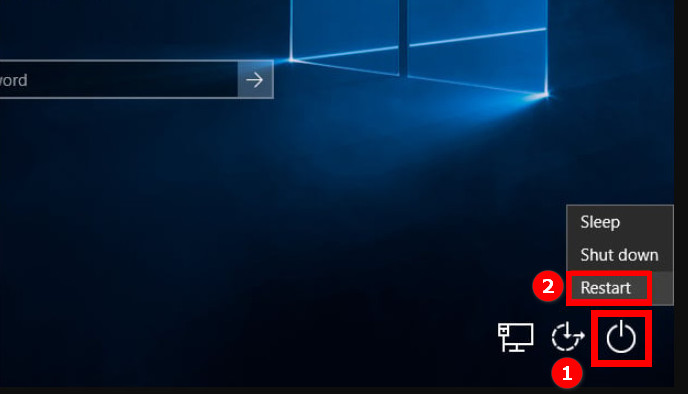
- Go to Troubleshoot > Advanced Options > Startup Settings > Restart. Your computer will restart.
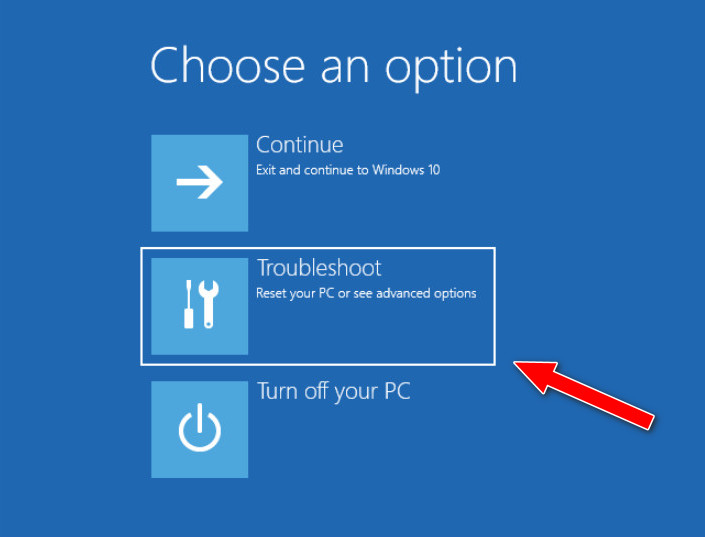
- Press the corresponding key (F4 or F5) to boot into Safe Mode.
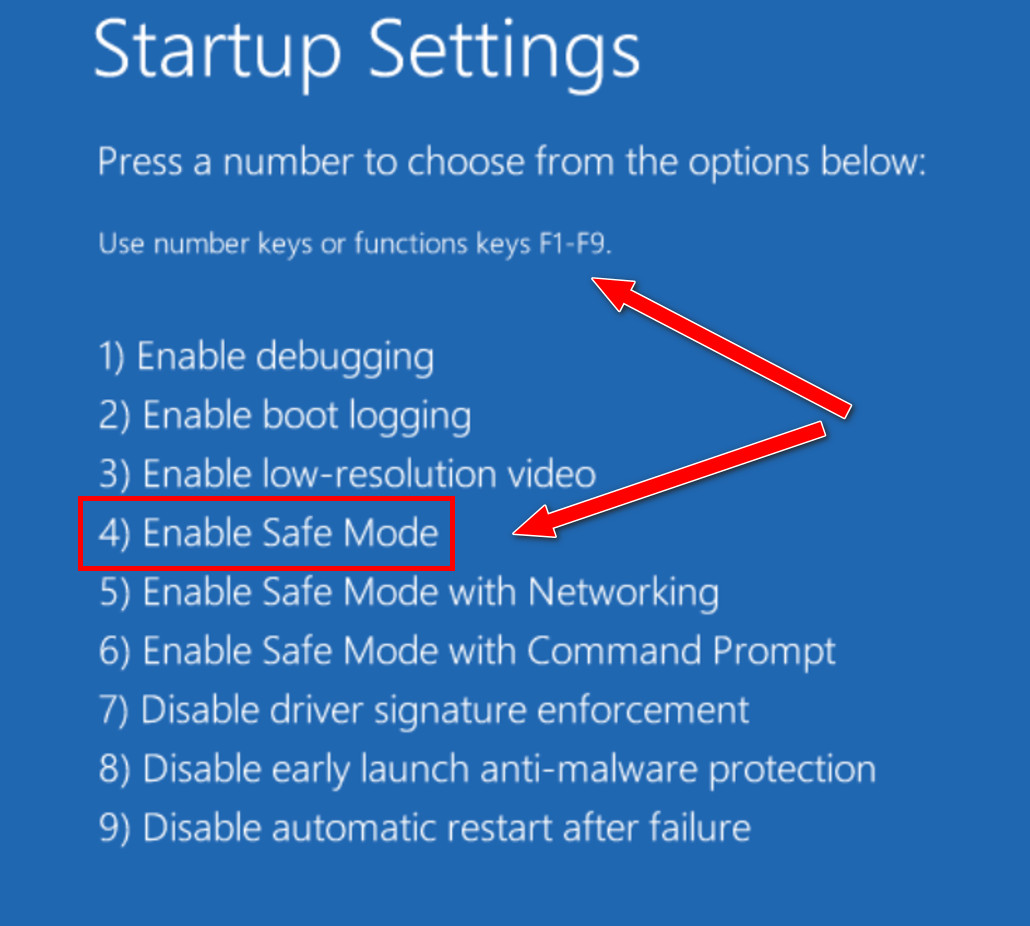
Once you’re into Safe Mode, you can use the registry editor to fix and troubleshoot the user profile.
Here are the steps to modify the Registry values:
- Open the Windows Run program by Pressing the Win+R keys.
- Type “regedit” and hit Enter.
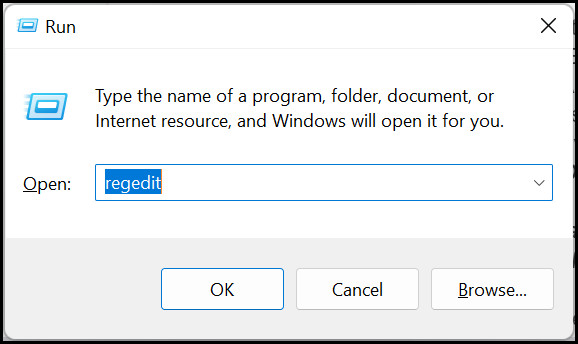
- Navigate the following path. Copy and paste the path into the address bar, and hit the Enter key to navigate directly: Computer\HKEY_LOCAL_MACHINE\Software\Microsoft\Windows NT\CurrentVersion\ProfileList
- Look for items under the ProfileList key to see if there are any duplicates there. In this case, one of the list entries has a .bak extension while having comparable names to the others.
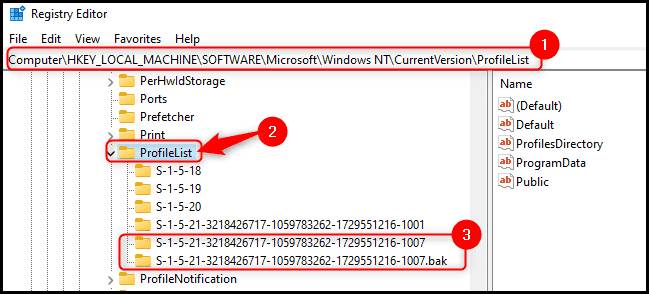
- Rename the entry with the .bak extension to the .ba extension when you locate such two entries. Rename it by selecting it with the right-click menu.
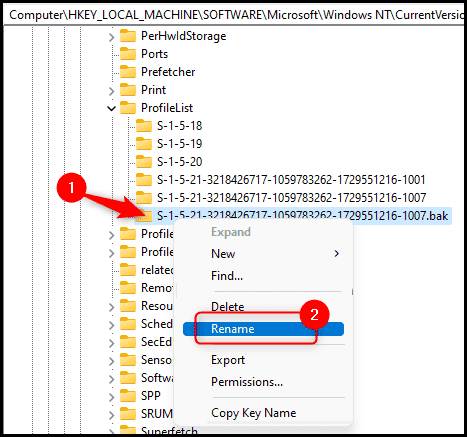
- Add .bak extension to the name of the other matched item.
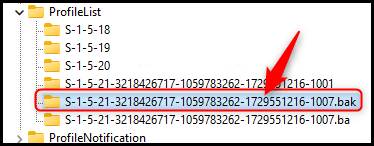
- Delete the .ba extension from the entry you renamed and returned to.
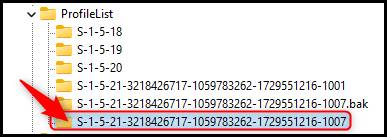
- Choose the item from which you just deleted the .bak choose-item.
- Find the State key here by moving over to the right side. Select Modify with the right-click on State.
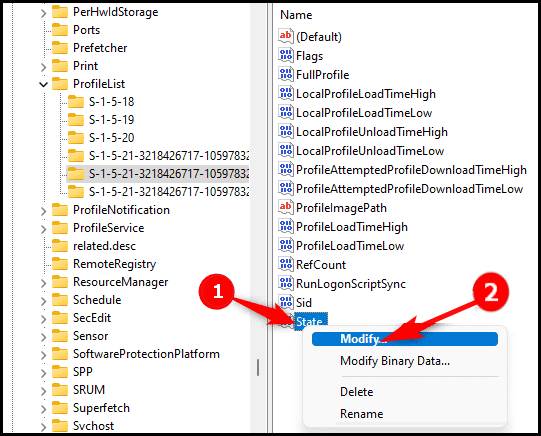
- Change the Value Data field in the Edit DWORD window from a number to 0. Select OK.
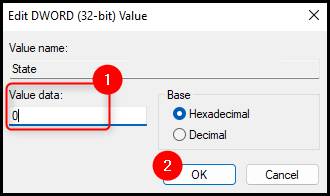
- Select Modify from the context menu when you right-click the RefCount key.
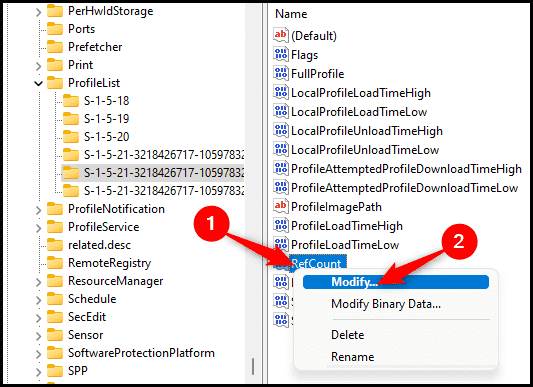
- Enter 0 in the Value Data field and click OK to save the changes.
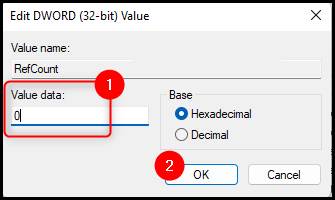
- Close the Registry Editor and restart your computer in normal mode.
Now check if you’re able to log in to your user profile. If not, go to the next method.
Registry tweaks can also fix the error: Date popup does not work on Windows 11.
2. Create a New Local User Account
Another effective solution to fix the user account not signing in error is creating a new user profile on your computer.
Here are the steps to create a new user profile in Windows:
- Boot into Safe Mode.
- Type “cmd” in the Windows Search and open Command Prompt.
- Type the command “net user /add username password” without quotes. Replace “username” with any name for the new user profile and replace “password” with the required password in the Windows logon screen for the user profile.
- Press Enter.
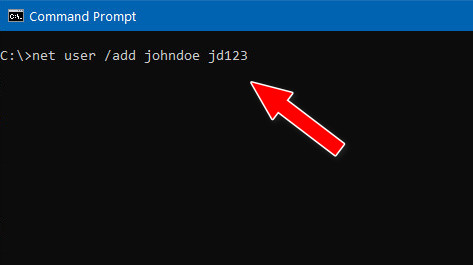
- Type the command “localgroup administrators username /add” without quotes. Replace “username” with the username for the new user profile you’ve chosen above.
- Press Enter.
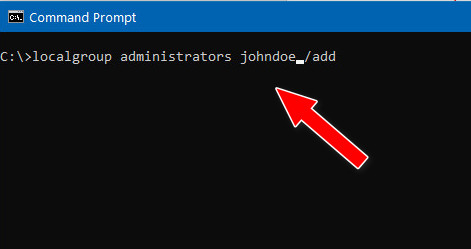
- Restart the PC and log in to the newly created user profile.
- Copy the personal files and data from the old user profile which was causing the error.
So basically, you’re creating a new local user account and copying the files from the old user profile which is not accessible to the new profile in Windows. To ensure the old user profile doesn’t throw errors in the future, you can delete it.
To delete the corrupted user profile, press Win+R to open Run, type “netplwiz” and hit Enter. Type your administrator password and click Yes. Select the old local account you want to remove and click on the Remove button. Then click Apply and OK to save the changes.
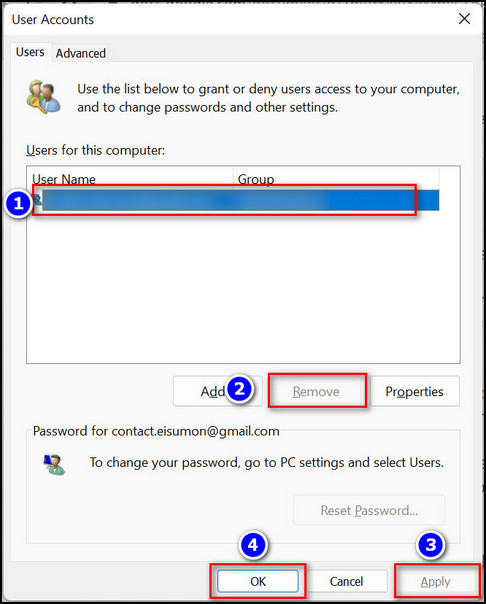
3. Move the NTUSER.dat File
You can move the NTUSER.dat file to the Default user profile folder to fix the account not logging in error.
Generally, the NTUSER.dat file stores user profile/account settings, configurations, preferences, etc. When this file is corrupted or missing, the error occurs.
Here are the steps to move the NTUSER.dat file to the Default Windows user profile folder:
- Boot the computer in Safe Mode.
- Open File Explorer.
- Click on View > Show > Hidden Items to reveal the hidden files in any folder.
- Go to C drive > Users and open any user folder except the Default folder.
- Copy the NTUSER.dat file.
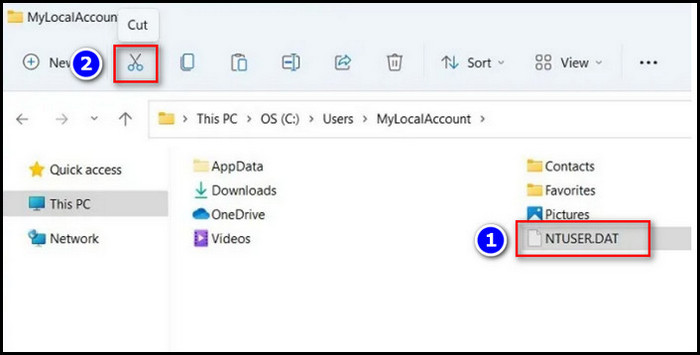
- Go to C drive > Users > Default folder.
- Paste the NTUSER.dat file into the Default profile folder. If an NTUSER.dat file already exists in the Default folder, it’ll prompt to Replace the file. Choose to Replace the old file with the new one.
- Reboot your PC.
Now check to see whether your user profile is loaded and if it fixed this issue.
4. Use System Restore
System Restore is a feature in Windows that saves a copy of your Windows system into the hard drive at regular intervals. If anything goes wrong with the PC, you can restore a previous copy of the system to make the PC functional.
If System Restore was enabled and created by Windows, you can restore an old copy of the system and remove the issue.
Here is the procedure to use System Restore:
- Click on the Power Menu at the lower-right corner of the Windows lock screen.
- Press and hold the Shift key and click on the Restart option. The computer will restart and go into the “Choose an option” screen.

- Go to Troubleshoot > Advanced Options > System Restore > Next.

- Select the Restore Point and click Next > Finish.
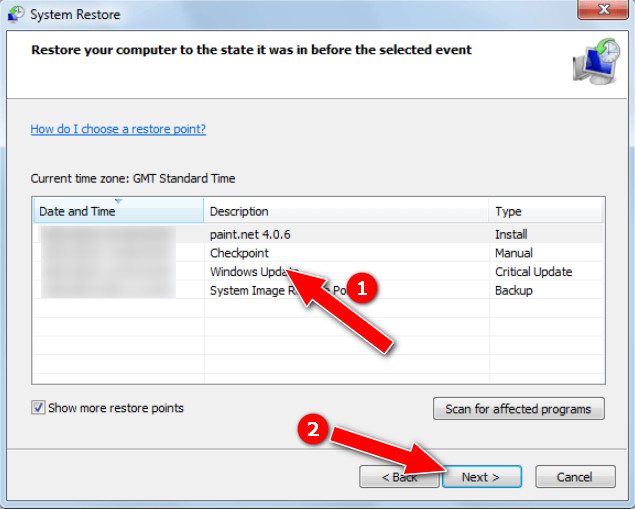
Now Windows will start restoring the old copy of the system and this should eliminate the error.
5. Restart the User Profile Service
Since the error in User Profile Service is preventing the user profile from loading, restarting the service manually might fix the issue.
Here are the steps to restart the User Profile Service:
- Boot Windows into Safe Mode.
- Press Win+R to open Run.
- Type “services.msc” and press Enter. It’ll open Windows Services.
- Scroll and find the User Profile Service from the long list.
- Right-click on User Profile Service and click Restart.
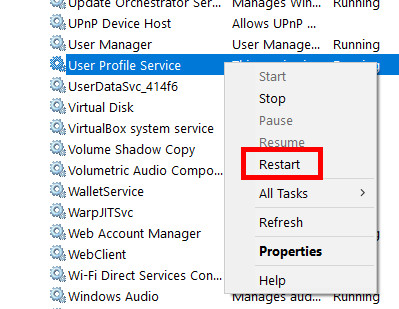
- Right-click on User Profile Service again and click Properties.
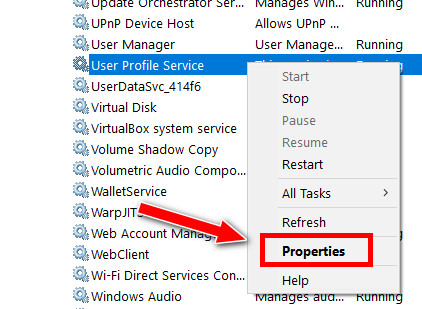
- Ensure the Startup type is set to “Automatic”.
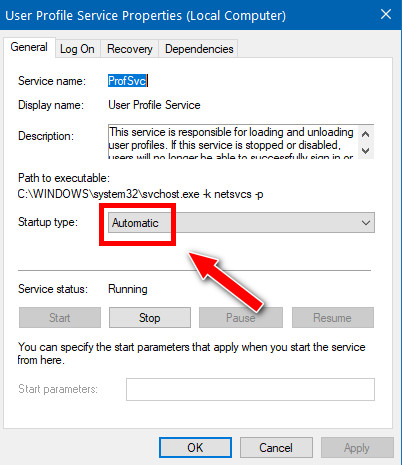
Now restart the PC and check if you’re able to log in to the correct user profile which is throwing the error. If the user profile fails to log in and you still get this error, go to the next step to fix the corrupted profile.
6. Repair User Profile Using DISM and SFC
If the user profile is corrupted and causes the user profile issue, then you need to repair the corrupted user profile using the various available tools like DISM and SFC.
Corrupted system files can cause many errors on the Windows OS like Windows 11 File History element not found error.
If the error arises due to a corrupted user account in Windows 11 PC, the Deployment Image Servicing and Management (DISM) utility and the System File Checker (SFC) utility help you to scan and repair your corrupted user profile files.
Here are the steps to run the DISM and SFC utility:
- Boot into your Windows Safe Mode.
- Open the Windows Search and type “cmd”.
- Click on the Run as administrator to open the Command Prompt with administrative privilege. Select “Yes” on the User Account Control (UAC) popup.
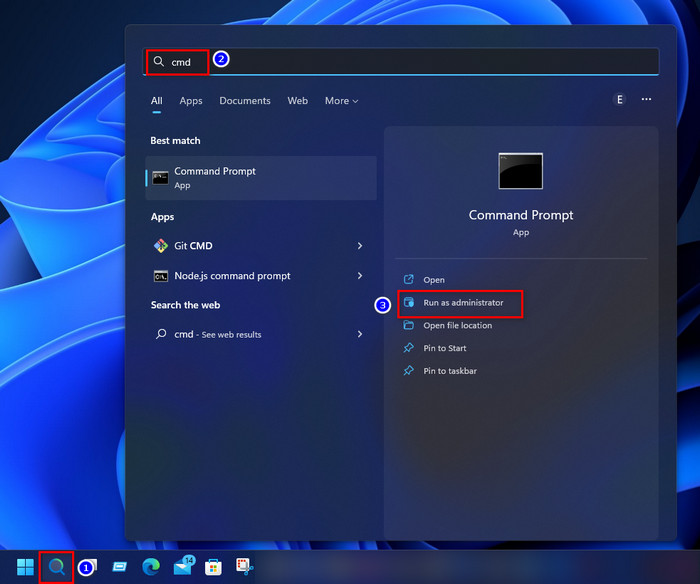
- Enter the following command and press Enter to run the DISM utility: DISM.exe /Online /Cleanup-image /scanhealth
- Wait until the process is complete.
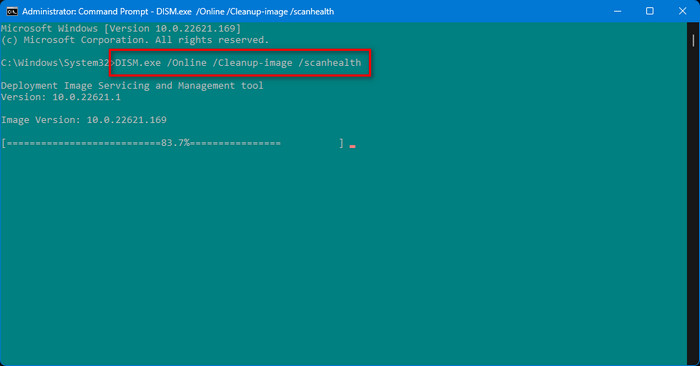
- Enter the following command and press Enter to run the SFC utility: sfc/scannow
- Wait until the process is complete.
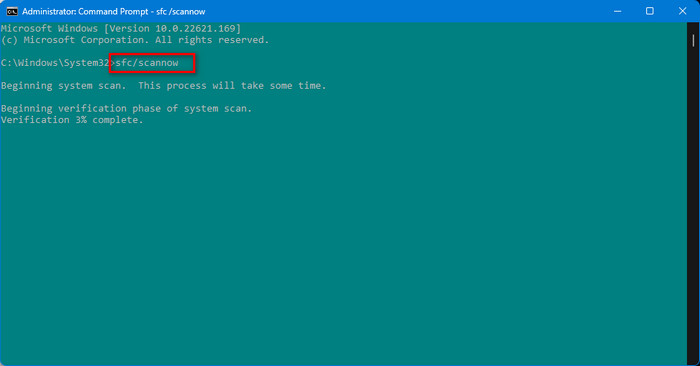
Now restart the PC and check to see whether your user profile loading error is solved.
7. Switch to Normal Startup
The problem might be with the Windows Startup configurations, which are replicating the error message.
So, attempt a normal startup by setting up the System Configuration manually.
Here’s how to do a normal startup:
- Boot the computer into Safe Mode.
- Press Win+R to open the Run window.
- Type “msconfig” and press Enter.
- Select Normal Startup.
- Click on Apply > OK.
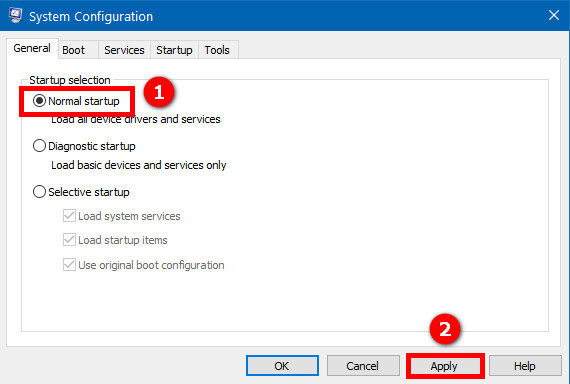
- Go to the Services tab.
- Click on Enable All.
- Click on Apply > OK.
Now see if you’re able to log in to the user and resolve the user profile error.
Frequently Asked Questions
Why won’t Windows 11 load profile?
User profiles cannot be loaded on Windows 11 because of incorrect Windows updates, mishandled disk partition resizing errors, erroneous shutdowns or restarts, or damaged system files. This error might also be produced by an antivirus application that damages your Windows profile.
How to fix the user profile that cannot be loaded in Windows 11?
Solutions for the user profile that cannot be loaded in Windows 11 are: restarting or shutting down Windows from the lock screen, deleting local user accounts, or moving the NTUSER.dat file to the Default folder. Also, a factory reset of your Windows, using Windows Registry Editor in Safe Mode can fix the issue.
What does it mean that the user profile service failed the logon?
The issue User Profile Service failed the logon that you see while trying to enter into your account on Windows means your user profile is compromised by malware or for improper Windows upgrade.
Final Thoughts
Solving the user profile error on your Windows computer is not a big deal because there are plenty of solutions to be considered to resolve the issue on your Windows PC.
Applying the solutions that I’ve listed in this post helps you to resolve the Windows 11 user profile cannot be loaded’ error effortlessly. Hope you were able to resolve this computer issue using the troubleshooting techniques in this post.
Please share your ideas and opinions in a comment and let us know your thoughts.
Have a good day. Peace!



